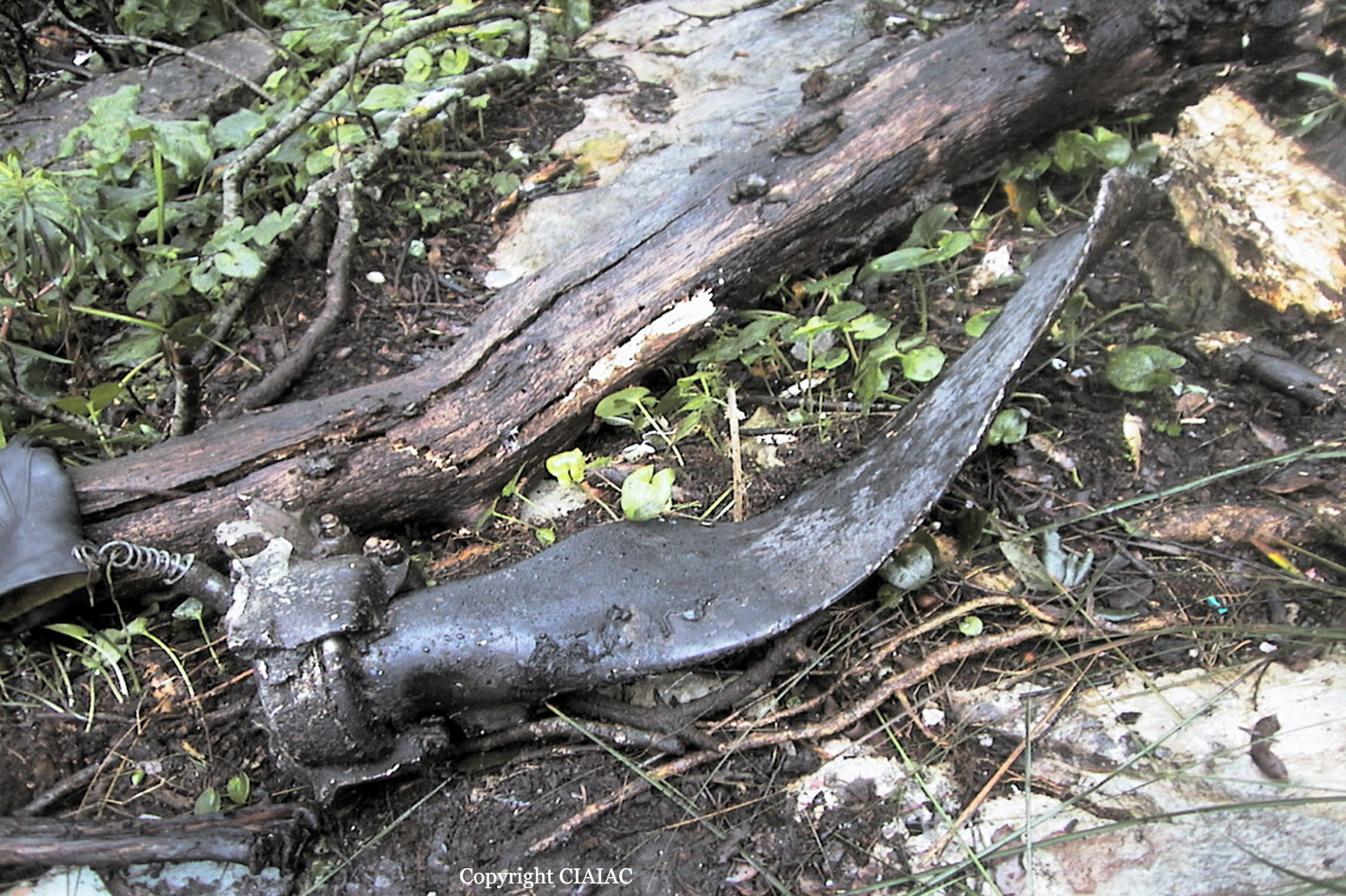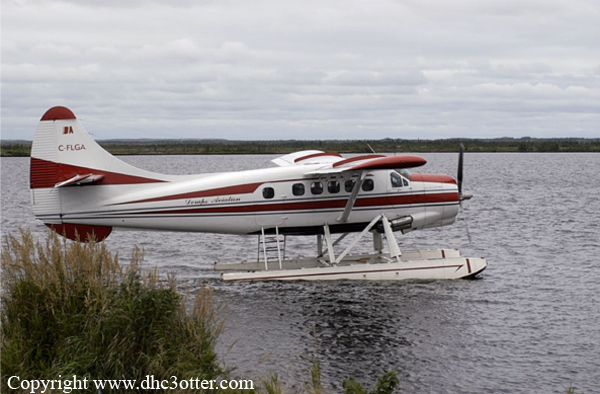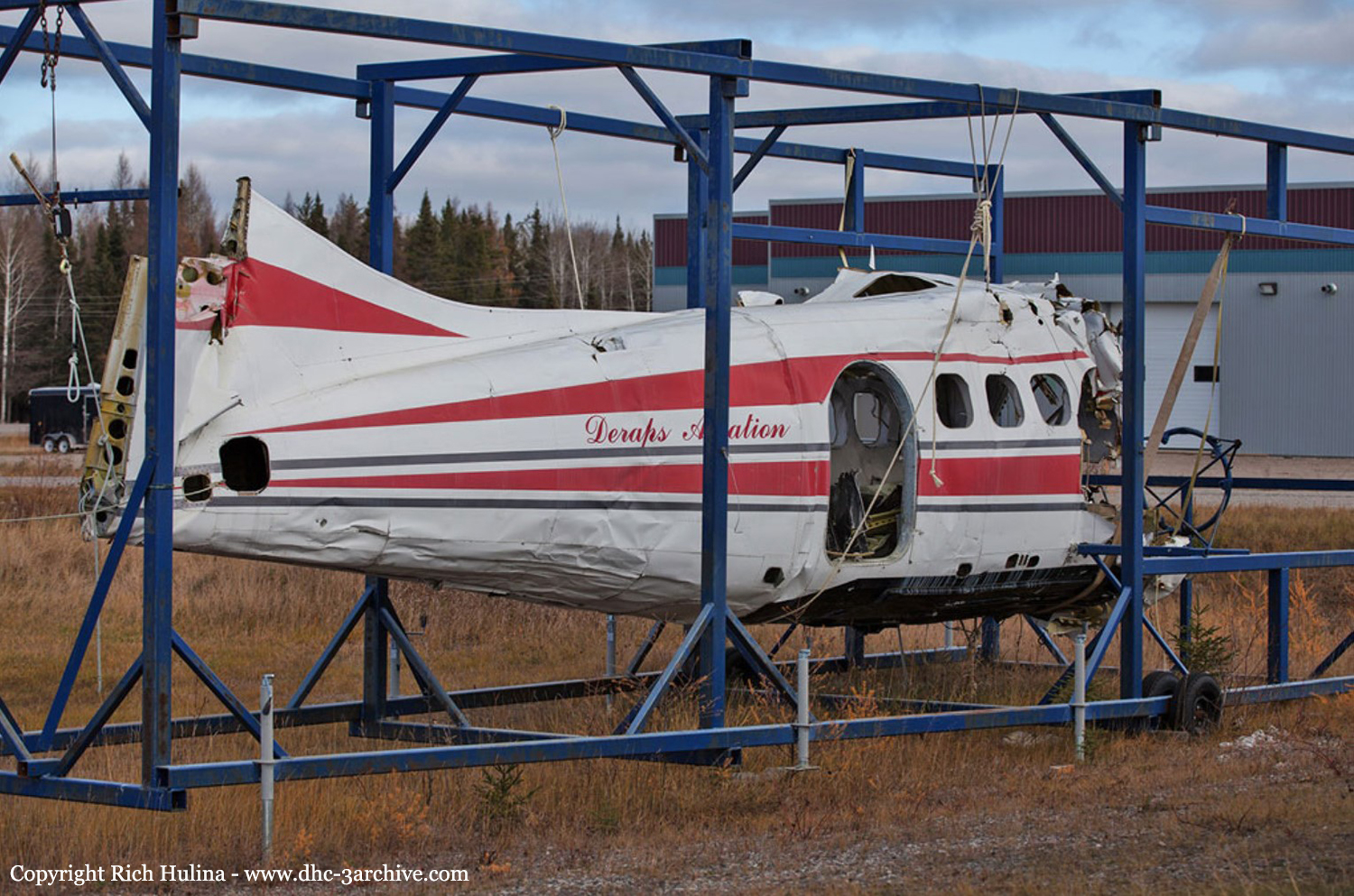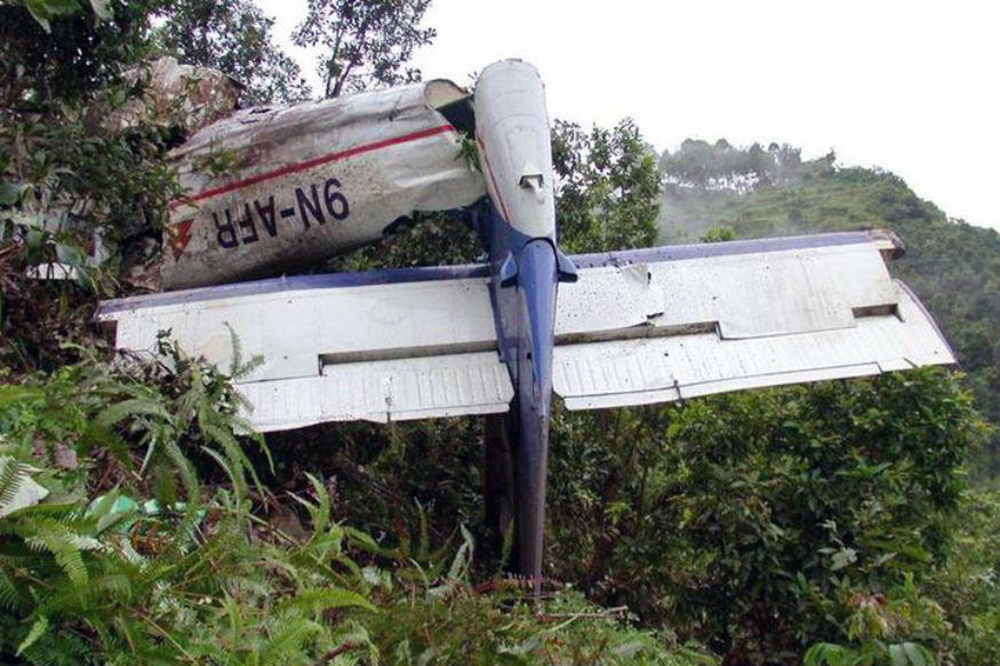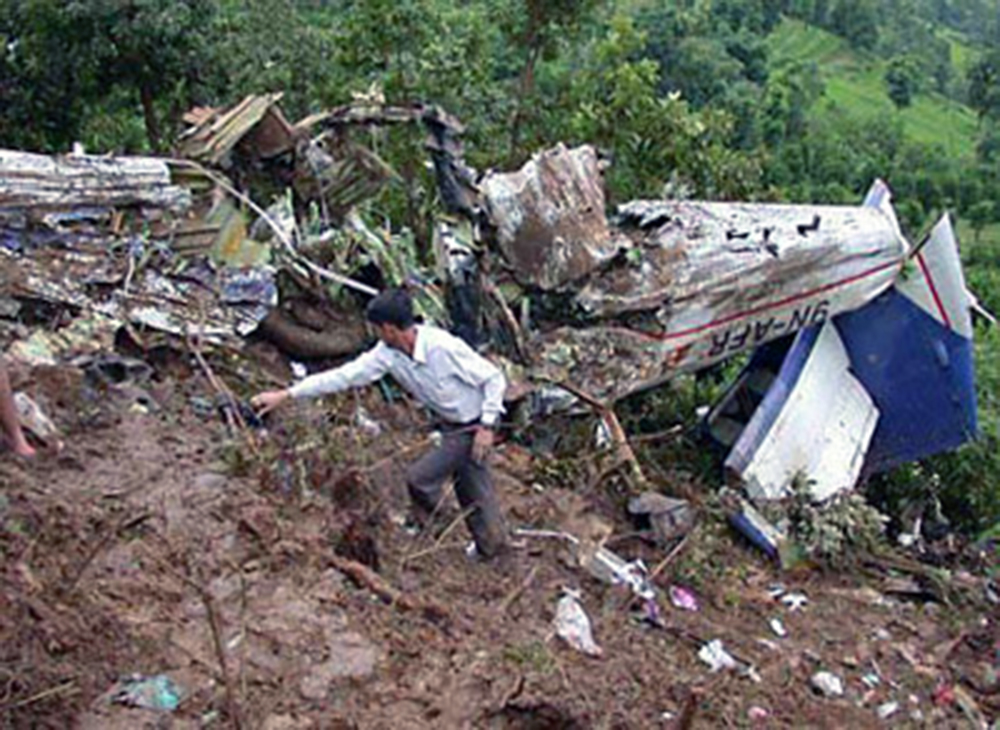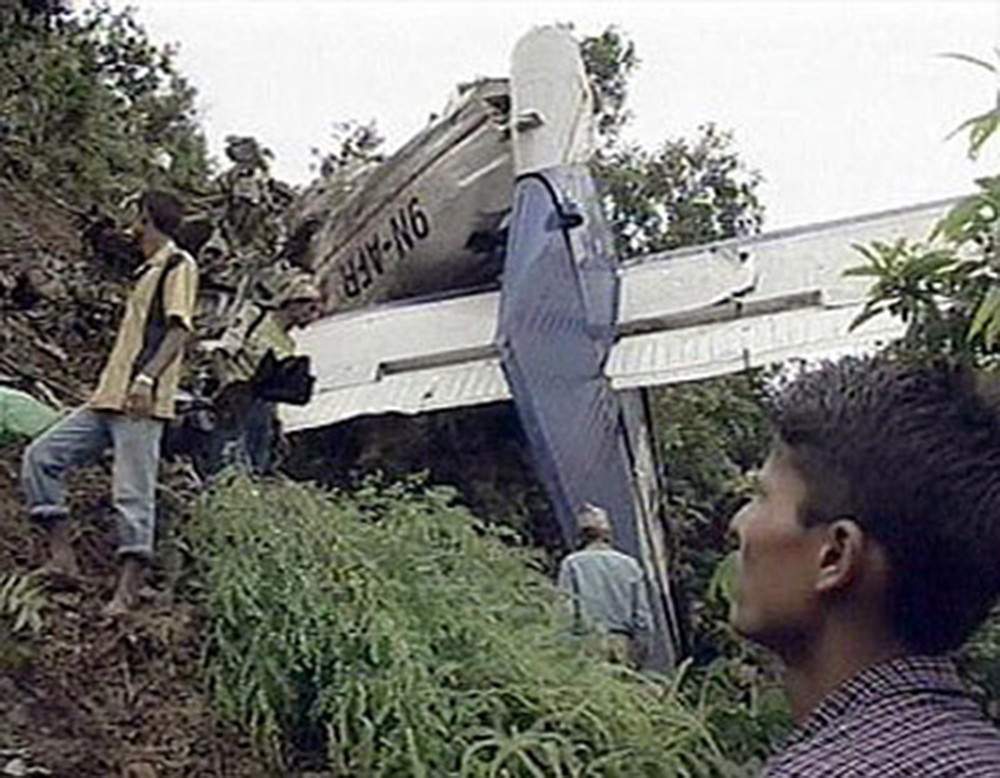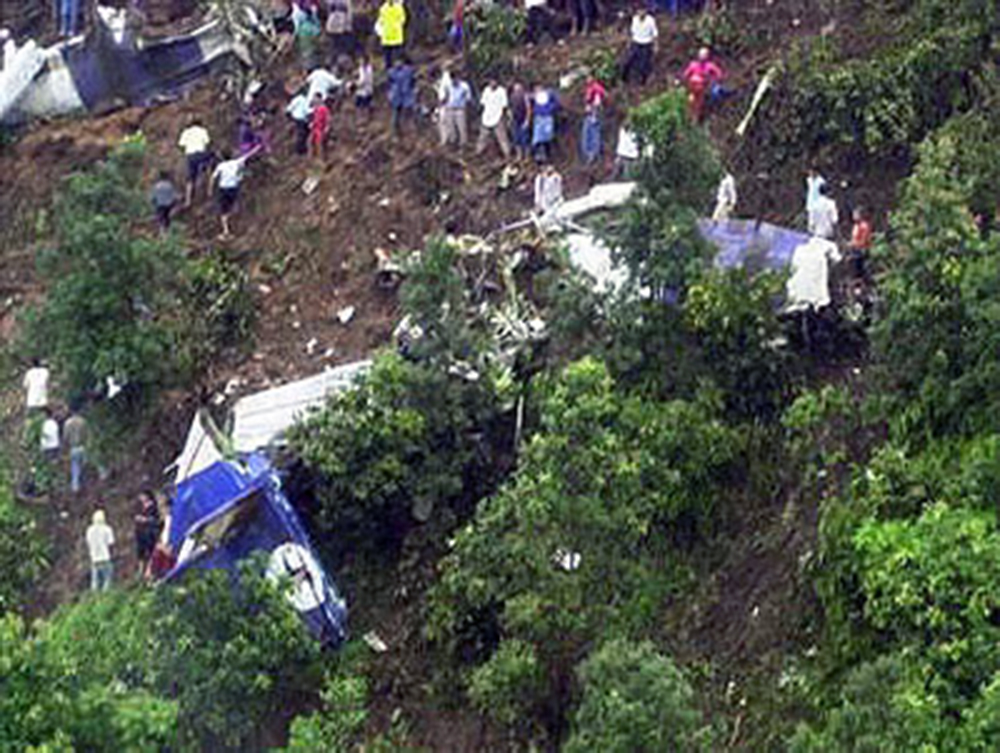Crash of a Piper PA-46-500TP Malibu Meridian in Bunyola: 3 killed
Date & Time:
Dec 19, 2002 at 1153 LT
Registration:
N53328
Survivors:
No
Schedule:
Palma de Mallorca - Sabadell
MSN:
46-97098
YOM:
2001
Flight number:
GVN051
Crew on board:
1
Crew fatalities:
Pax on board:
2
Pax fatalities:
Other fatalities:
Total fatalities:
3
Captain / Total hours on type:
106.00
Aircraft flight hours:
140
Circumstances:
The single engine airplane departed Palma de Mallorca-Son Bonet Airport at 1146LT on a flight to Sabadell with two passengers and one pilot on board. After takeoff, the pilot was instructed by ATC to proceed to the north. Seven minutes after its departure, while flying in reduced visibility due to rain falls, the aircraft struck a rocky wall located on Mt Mola de Montserra (600 metres high) located near the village of Bunyola, about 20 km north of the airport. The aircraft disintegrated on impact and all three occupants were killed. At the time of the accident, the ceiling was at 5,000 feet with a visibility of 8 km and rain. The mountain was shrouded in cloud and thick fog.
Probable cause:
It is believed that the accident occurred as a result of the marginal VMC conditions which existed in the area where the aircraft was flying under VFR rules. The aircraft entered this area possibly due to the pilot’s disorientation and inadequate preparation and execution of the flight.
Final Report:


